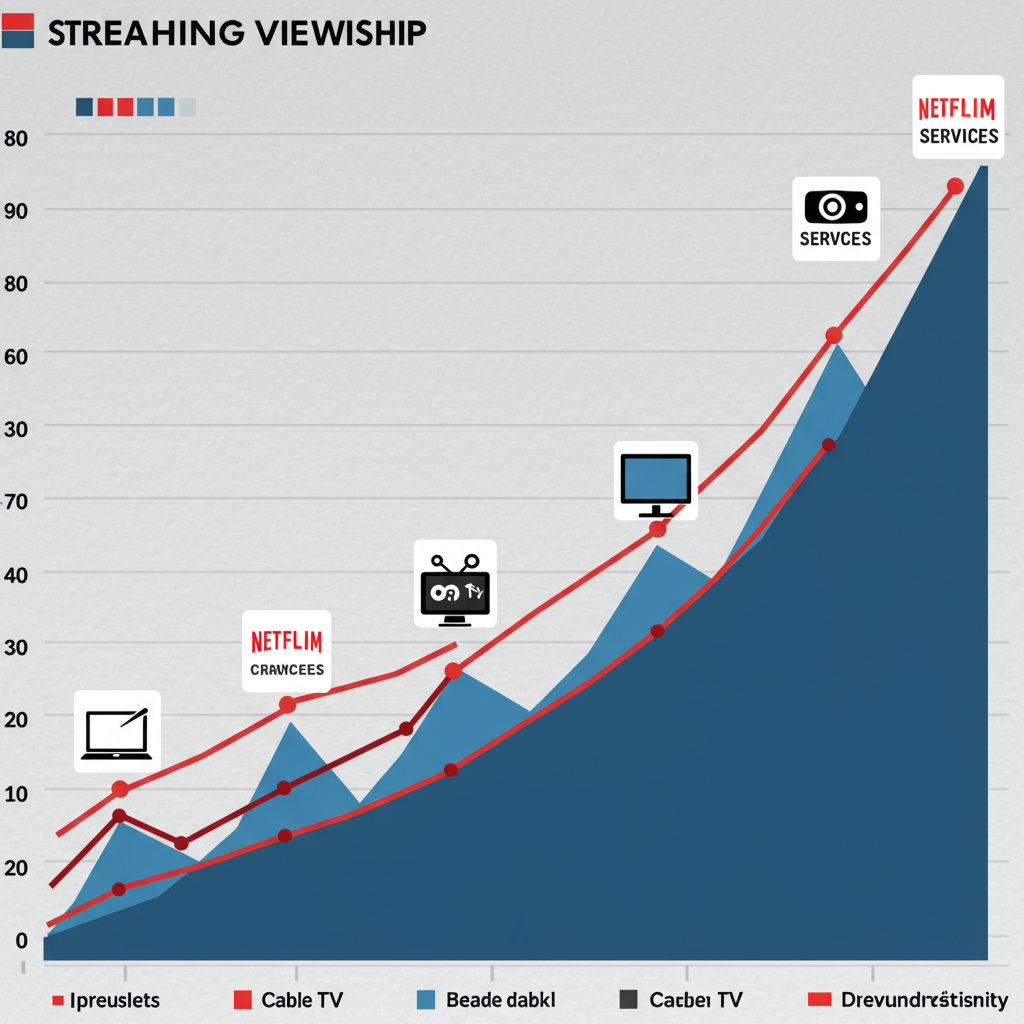Even as Russian forces launched their full-scale invasion in February 2022, Ukraine’s government wasn’t just reacting to conflict – it was continuing a quiet digital revolution. At the forefront is Diia, a groundbreaking digital government platform that has rapidly positioned Ukraine as a global leader in online public services.
Launched in 2019, Diia (Ukrainian for “action”) was envisioned to consolidate access to essential government services and personal documents directly via citizens’ mobile phones.
The Evolution and Growth of Diia
Beginning with popular services like driving licenses, Diia saw rapid initial adoption. The platform received a significant boost during the Covid-19 pandemic when vaccination certificates were integrated, bringing millions more users onto the app and into the digital ecosystem.
Today, the Diia app is a comprehensive hub, hosting 40 government services, allowing citizens to perform tasks ranging from tax payments and car registration to applying for marriage. Beyond services, Diia also provides secure digital access to 30 personal documents, including items like gun licenses and car insurance. For a wider range of interactions, the associated Diia web portal offers an extensive suite of 130 services catering to both individuals and businesses. Collectively, the platform boasts a substantial user base of 22.7 million Ukrainians. Users can even participate in national selections for Eurovision via the app, highlighting its integration into daily life.
Ukraine’s Standing as a Digital Government Leader
According to Oleksandr Bornyakov, Ukraine’s Deputy Minister of Digital Transformation, Diia’s scale and functionality place Ukraine among the leading nations globally for digital government services. He confidently asserts that Ukraine is potentially ahead of countries renowned for their digital infrastructure, such as Estonia, citing the sheer number of users and the innovative approach taken. Bornyakov suggests he hasn’t seen any country doing better in this space, “except maybe Saudi Arabia” when comparing user numbers and overall methodology.
Factors Driving Ukraine’s Digital Success
Achieving such rapid digitalization, especially amidst the disruption of a pandemic and a full-scale war, required unique advantages. Two key factors stand out:
- A Deep Pool of Skilled IT Talent: For over two decades, Ukraine has cultivated a reputation as a popular destination for IT outsourcing, nurturing an estimated 300,000 software developers. Many of these professionals possess extensive experience working on complex projects for large international companies. This abundant and highly skilled workforce provides the technical backbone necessary for ambitious digital projects like Diia. Furthermore, this talent is significantly more affordable compared to many Western countries; Bornyakov estimated the development cost for the Diia app at a modest $5-10 million, a fraction of what similar development might cost in places like the UK.
- Strategic Data Exchange Infrastructure: A crucial technical foundation, highlighted by David Eaves, Associate Professor of Digital Government at University College London, was the development of a data exchange system prior to building the Diia app. Similar to the system used in Estonia, this infrastructure allows for seamless and secure data flow between different government departments and organizations. As Professor Eaves explains, building Diia on top of this flexible data exchange makes creating new services much easier. Instead of repeatedly asking citizens for the same information (like address, marital status, or income), the system can, with user permission, access existing data, dramatically reducing administrative burden for both citizens and the government.
The Unexpected Catalyst: The Impact of War
While devastating, the context of the ongoing war with Russia has, paradoxically, acted as a powerful catalyst for modernization. Professor Eaves notes that operating on a “wartime footing” instils an intense sense of urgency that prioritizes the rapid delivery of essential services over the bureaucratic hurdles that might otherwise slow down such processes.
This accelerated pace allowed Ukraine to quickly adapt Diia to the new realities of conflict. Around 15 war-related services were rapidly introduced via the platform. These services include vital functions such as allowing citizens to apply for compensation if their property was damaged or destroyed, or even enabling users to report the location of Russian troops directly through the app.
Looking Ahead: The Promise and Caution of AI
What does the future hold for Ukraine’s digital government? Plans are already underway to integrate Artificial Intelligence (AI) systems to potentially further streamline interactions and make navigating government services even smoother. Bornyakov envisions AI guiding users through complex procedures, aiming to “redefine the approach to government services.”
While Professor Eaves finds the potential of AI in this space exciting, he urges caution. He emphasizes the critical need for reliable and high-quality data to train AI systems effectively. He uses the analogy that AI is like a “Ferrari” – capable of amazing things, but only if you have “good roads,” stressing that a robust underlying infrastructure is essential for advanced AI applications to succeed.
Ukraine’s rapid digital transformation, centered on the Diia platform, stands as a compelling example of innovation, leveraging skilled talent, and demonstrating remarkable adaptability – achieving significant progress even under the immense pressure of war.



